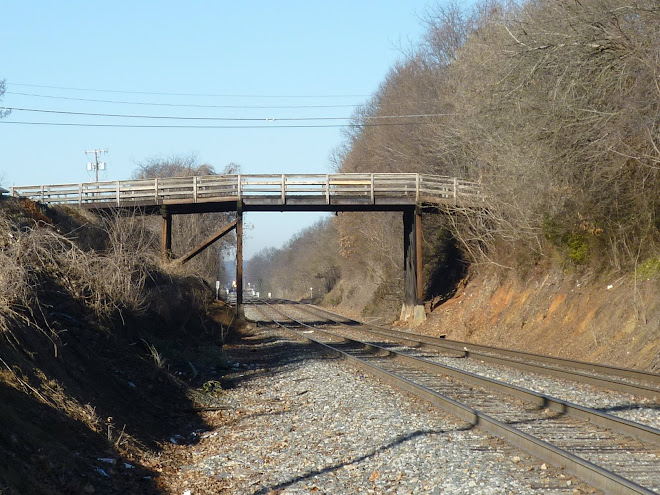In this report, Fischetti states,
"[the City's] Bridge inspection reports have not addressed the Ellis Street / Shober Humpback Bridge as a cultural artifact eligible for restoration. A rehabilitation scheme which invokes the principles inherent in The Secretary of the Interior's Standards for the Treatment of Historic Properties would strive to retain a maximum amount of historic fabric.
The Secretary of the Interior's Standards for the Treatment of Historic Properties contains some valuable information worth considering. Under these standards, rehabilitation means "the process of returning a property to a state of utility, through repair or alteration, which makes possible and efficient contemporary use while preserving those portions and features of the property which are significant to its historic, architectural, and cultural value." Minimum alteration of the bridge, its environment and its distinguishing engineering and architectural qualities are required. Archaeological resources must be protected as well as significant historical, architectural or cultural material. (...) The guidelines for applying The Secretary of the Interior's Standards for the Treatment of Historic Properties recommend that the "special problems inherent in the structural system..., especially where there are visible signs of cracking, deflection or failure" be recognized. "Stabilization and repair of weakened structural members and systems when damaged or inadequate" are also recommended. "Historically important structural members" are to be replaced "only when necessary".

(Fischetti, 2006)







I believe we should save history not destroy it
ReplyDelete